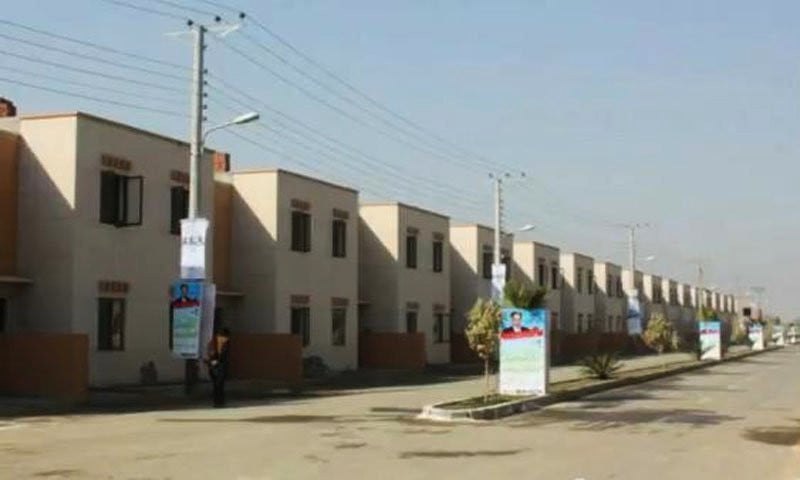
Building on the measures taken in recent years to encourage financing to priority areas, the State Bank of Pakistan (SBP) has revised Prudential Regulations for Microfinance Banks (MFBs) with the goal to promote access to finance for low cost housing and microenterprises.
In a statement on Wednesday, the State Bank of Pakistan said that revised regulations are expected to bring down the cost of serving to borrowers from lower income groups to draw finance for low cost housing and micro and small enterprises (MSE).
“The revised prudential regulations will address traditionally unmet demand for finance in MSE and housing segments, particularly from the marginalised sectors,” it said.
The changes made in the prudential regulations include additional guidance for property assessment, mortgage creation and risk management to ensure prudent housing and microenterprise financing.
Additionally, separate requirements for classification/provisioning and charging-off non-performing loans have been prescribed for each loan category. Definitions of important terminologies have also been provided to bring clarity and steer effective compliance.
“It is pertinent to mention that MFBs play an instrumental role in providing financial services to the low-income strata, particularly MSE and low cost housing segments,” it said.
According to statistics, at the close of 2021, MFBs had over 4.6 million borrowers with outstanding loan portfolio exceeding to Rs290 billion.
This included over 674,000 MSEs and 75,000 housing finance beneficiaries with loans aggregating to Rs77 billion and Rs20 billion, respectively.
This underscores the potential of MFBs to serve the financial needs of underserved sectors, especially in rural and remote areas.
The revisions made in the prudential regulations are expected to play a crucial role in enabling MFBs to reach out to the low-income segments of the economy that generally remain financially underserved.
Published in The Express Tribune, March 17th, 2022.
Like Business on Facebook, follow @TribuneBiz on Twitter to stay informed and join in the conversation.



1726222798-0/Tribune-Pic-(13)1726222798-0-165x106.webp)
1726014113-0/Untitled-design-(15)1726014113-0-165x106.webp)


1729471601-0/image-(8)1729471601-0-270x192.webp)


1729471845-0/image-(9)1729471845-0-270x192.webp)







COMMENTS
Comments are moderated and generally will be posted if they are on-topic and not abusive.
For more information, please see our Comments FAQ